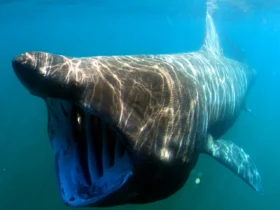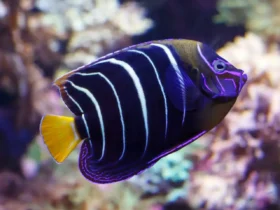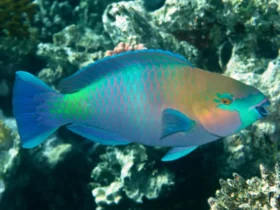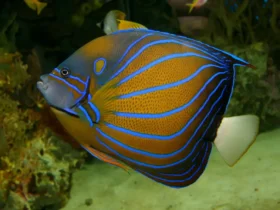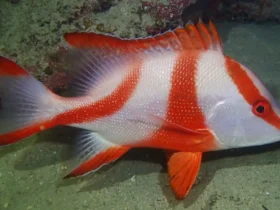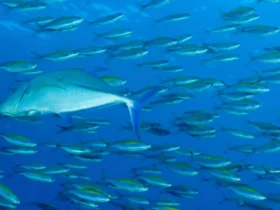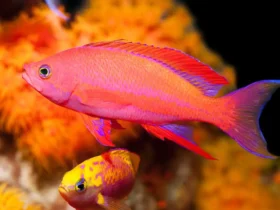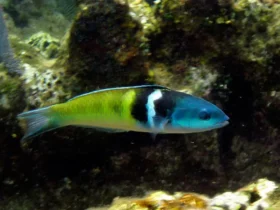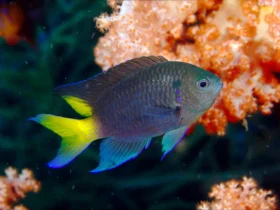The captivating beauty of the ocean is often adorned by magnificent creatures, but there are times when nature’s aesthetics can belie its ecological impact. One such example is the Japanese lionfish (Pterois lunulata) or Luna Lionfish, a stunning yet invasive species found in the Pacific Ocean. This article aims to shed light on this enigmatic creature, exploring its origins, characteristics, and the challenges it poses to marine ecosystems.
Japanese Lionfish images
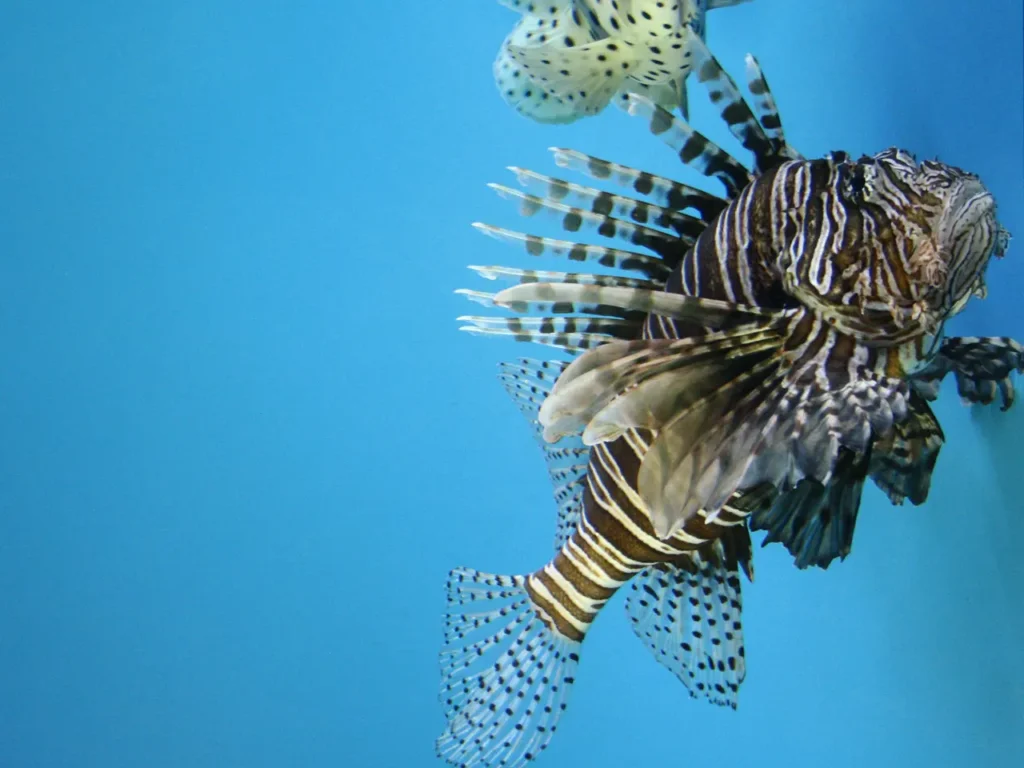
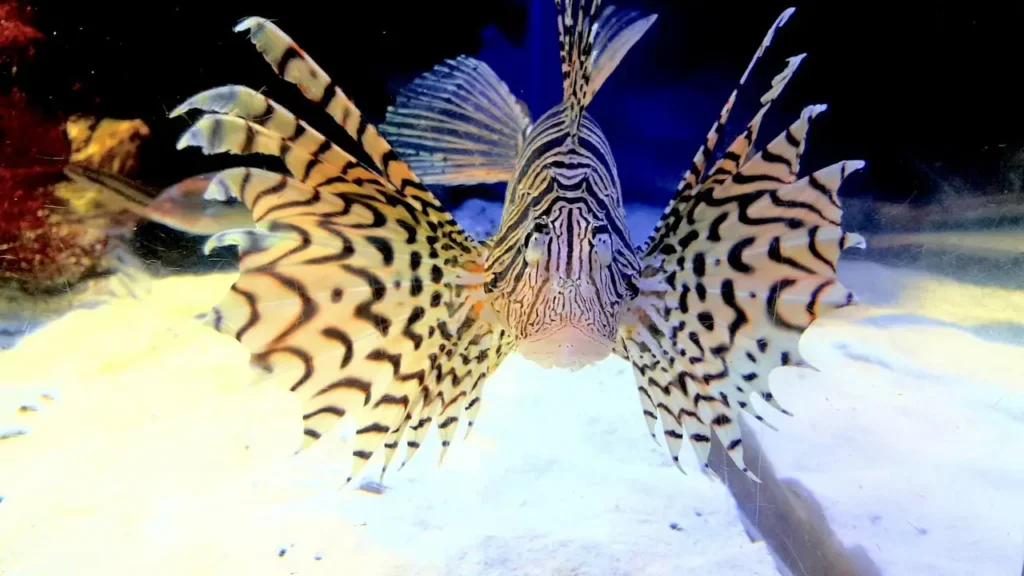
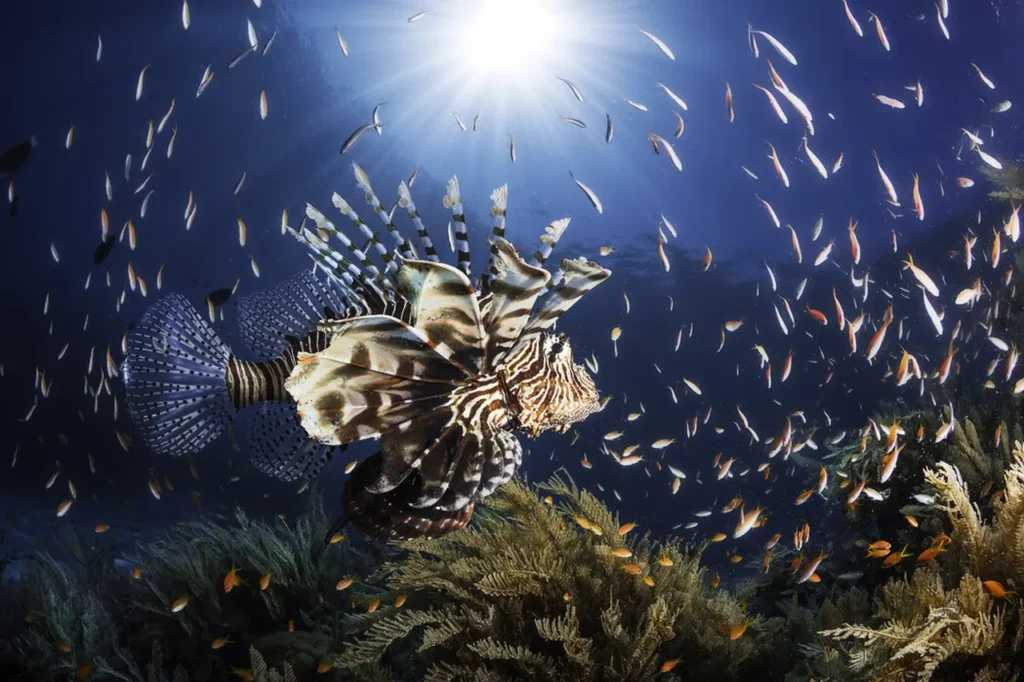
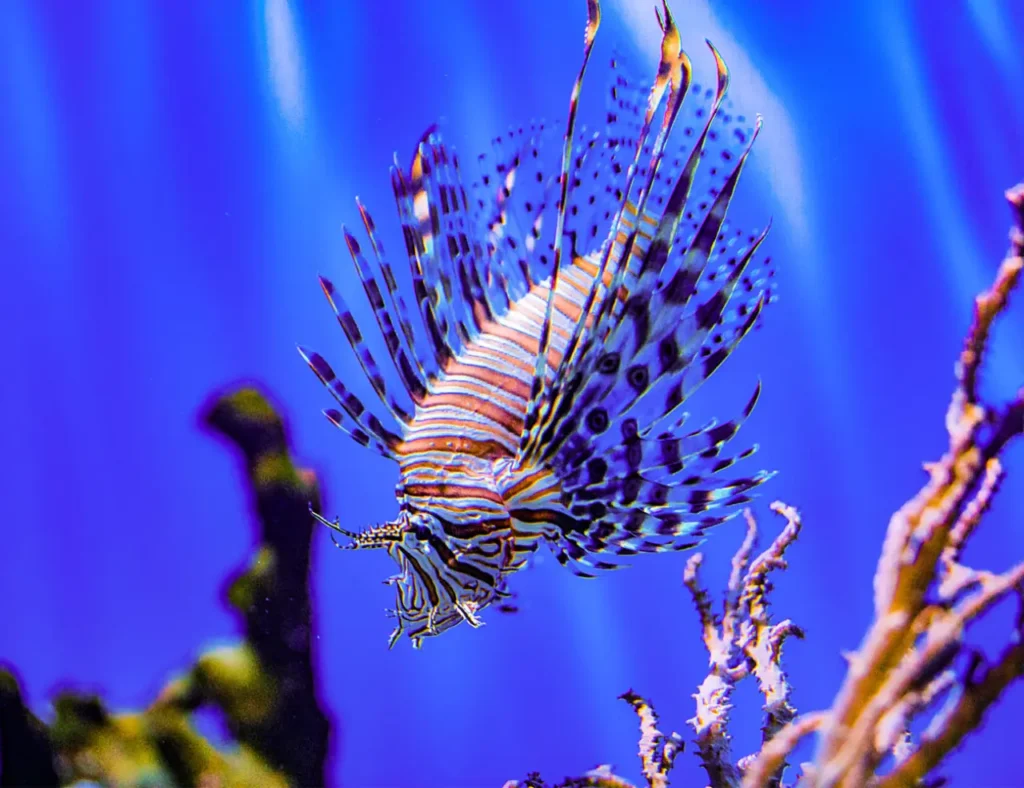
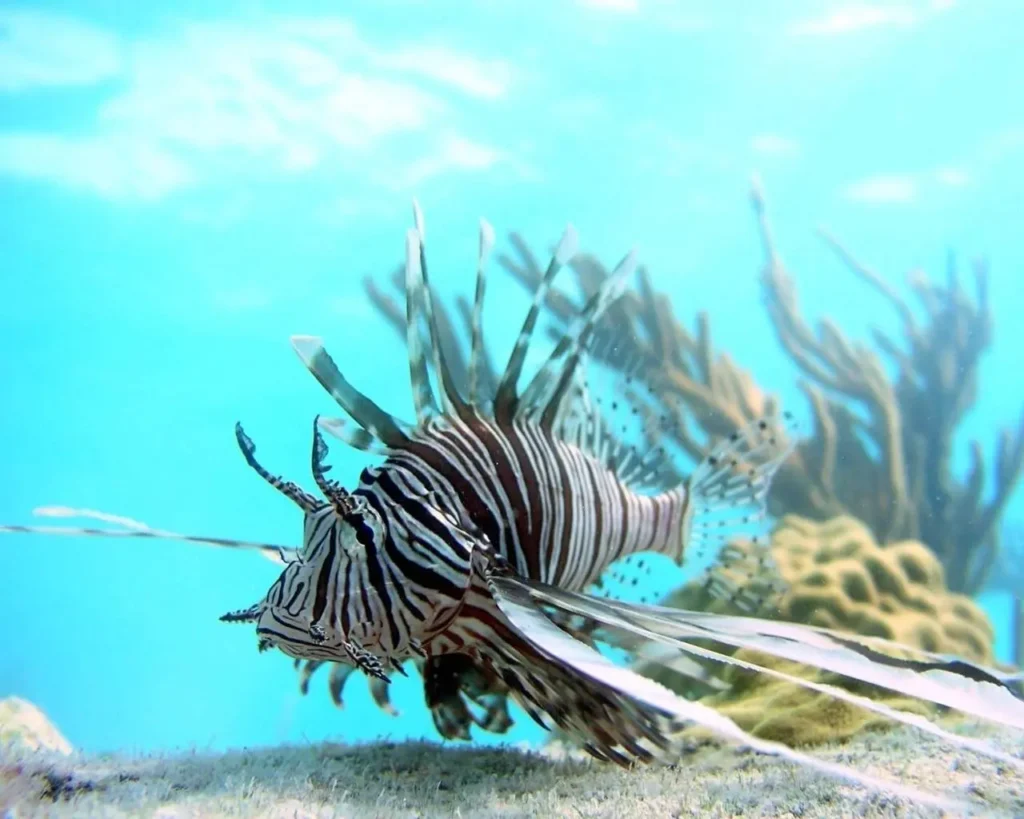
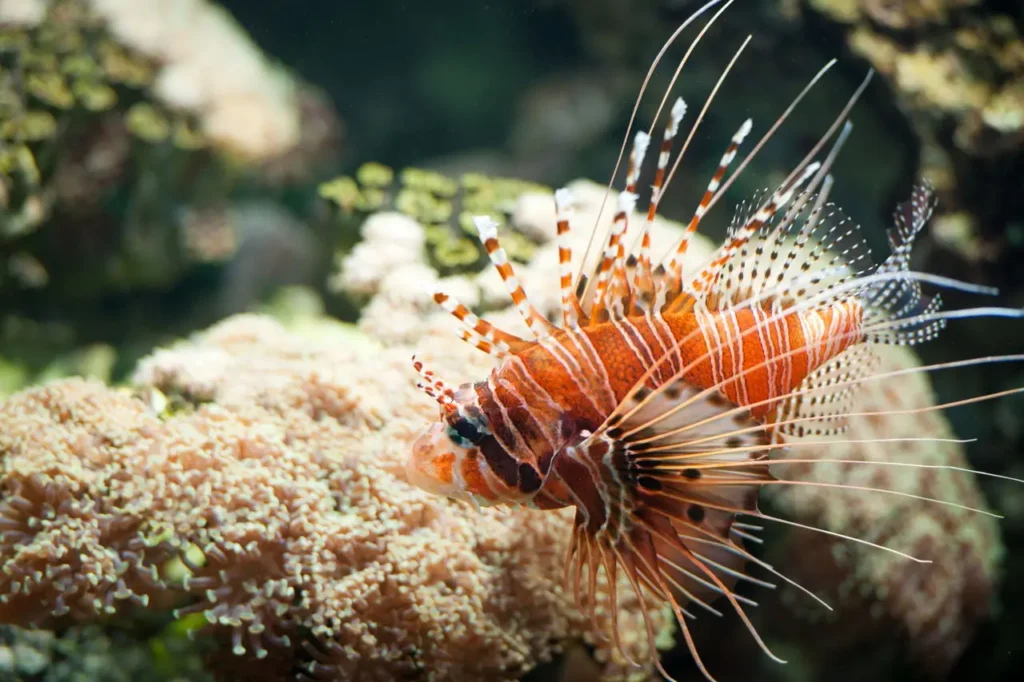
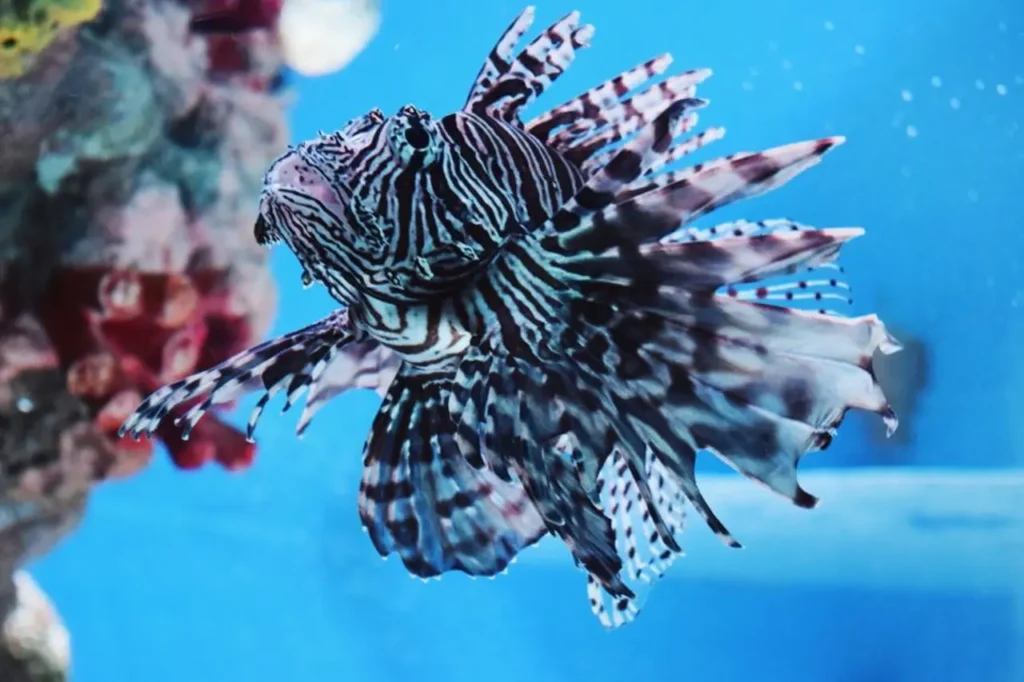
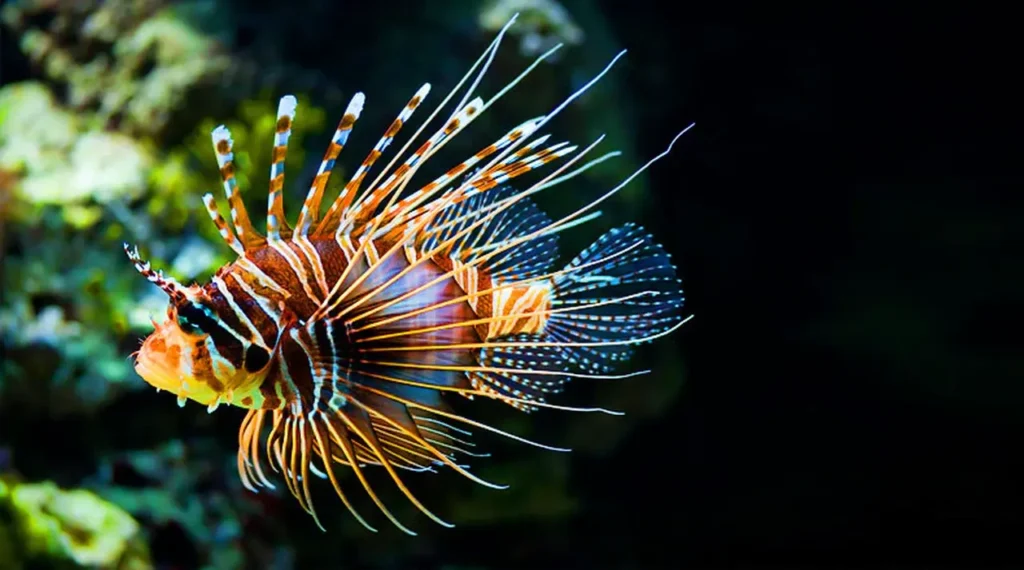
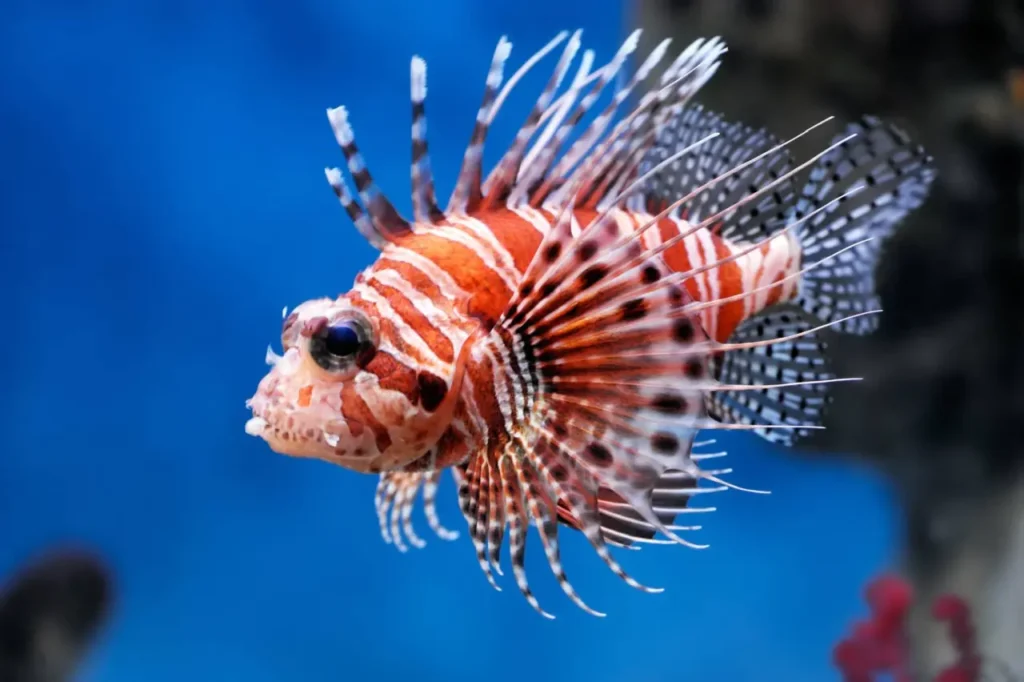
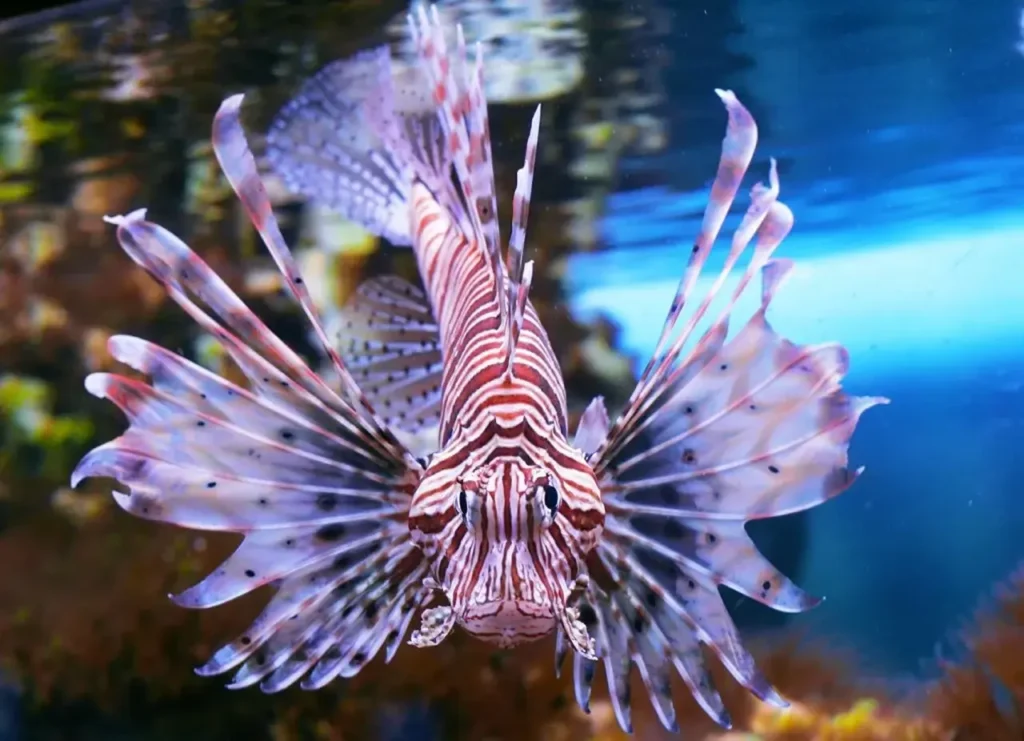
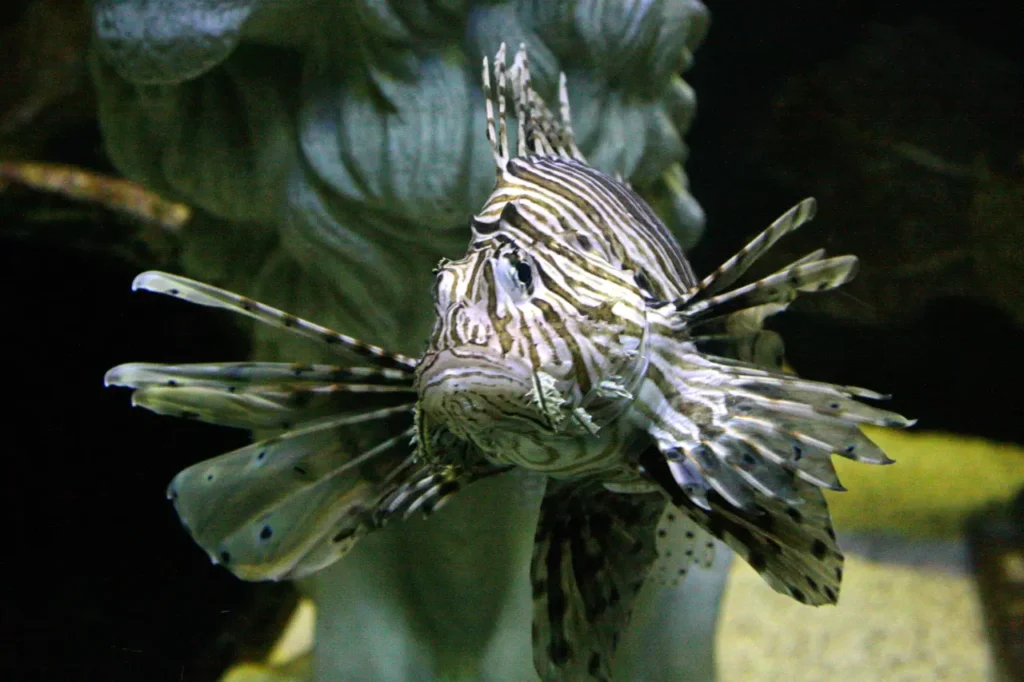
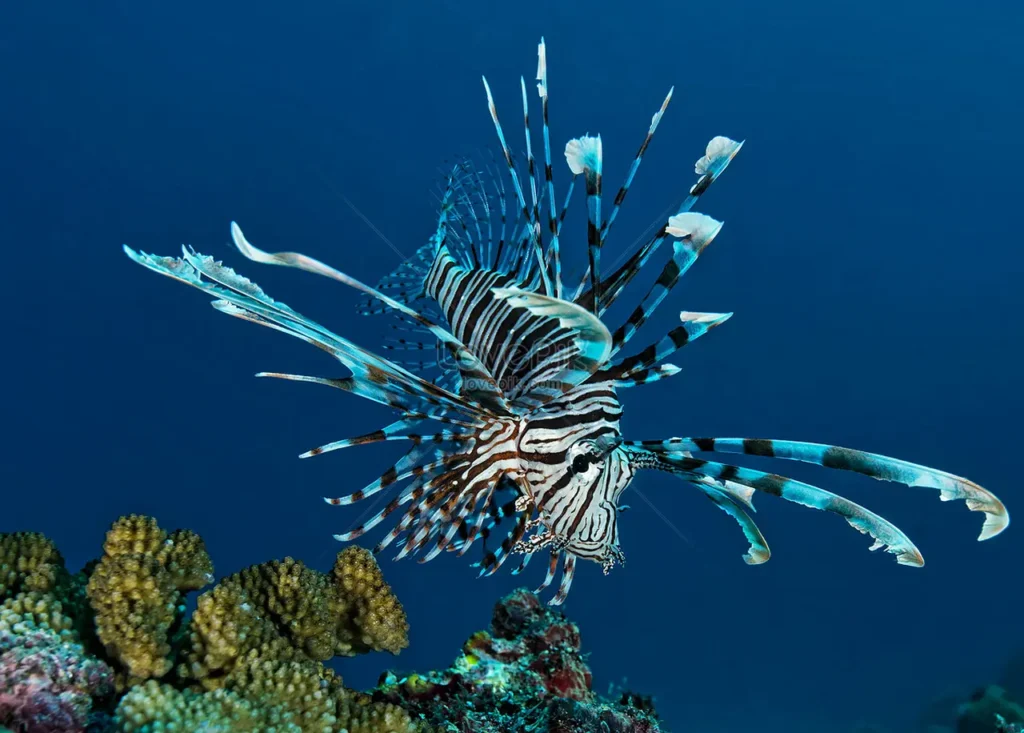
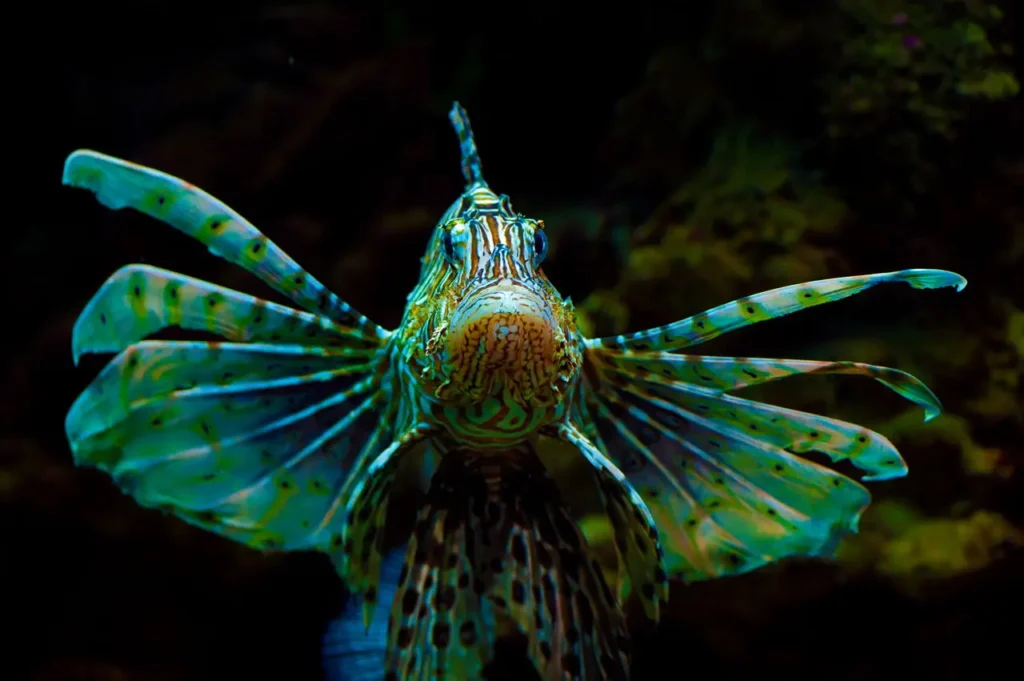
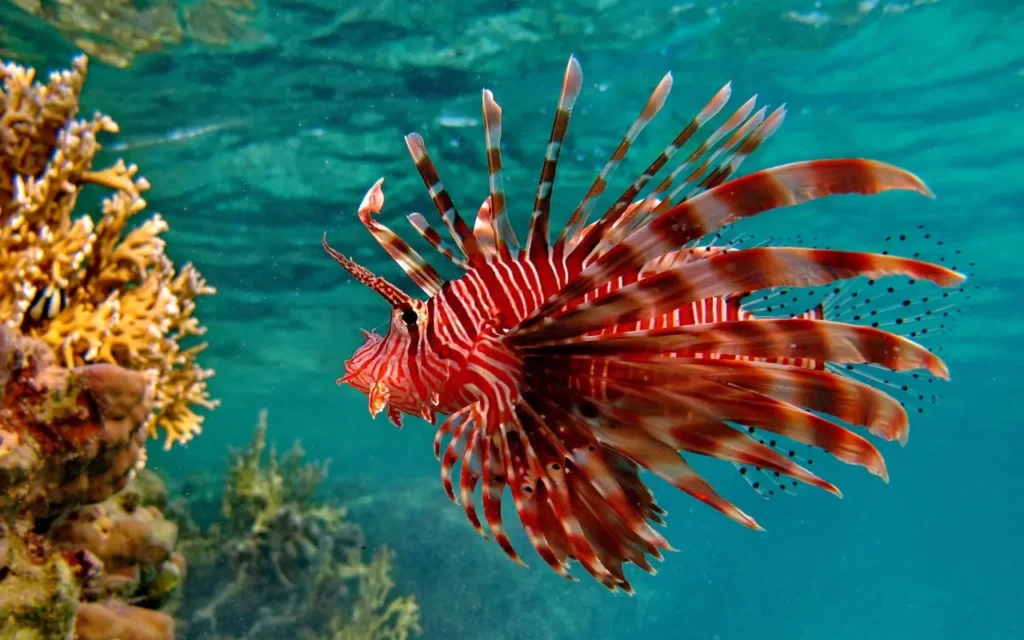
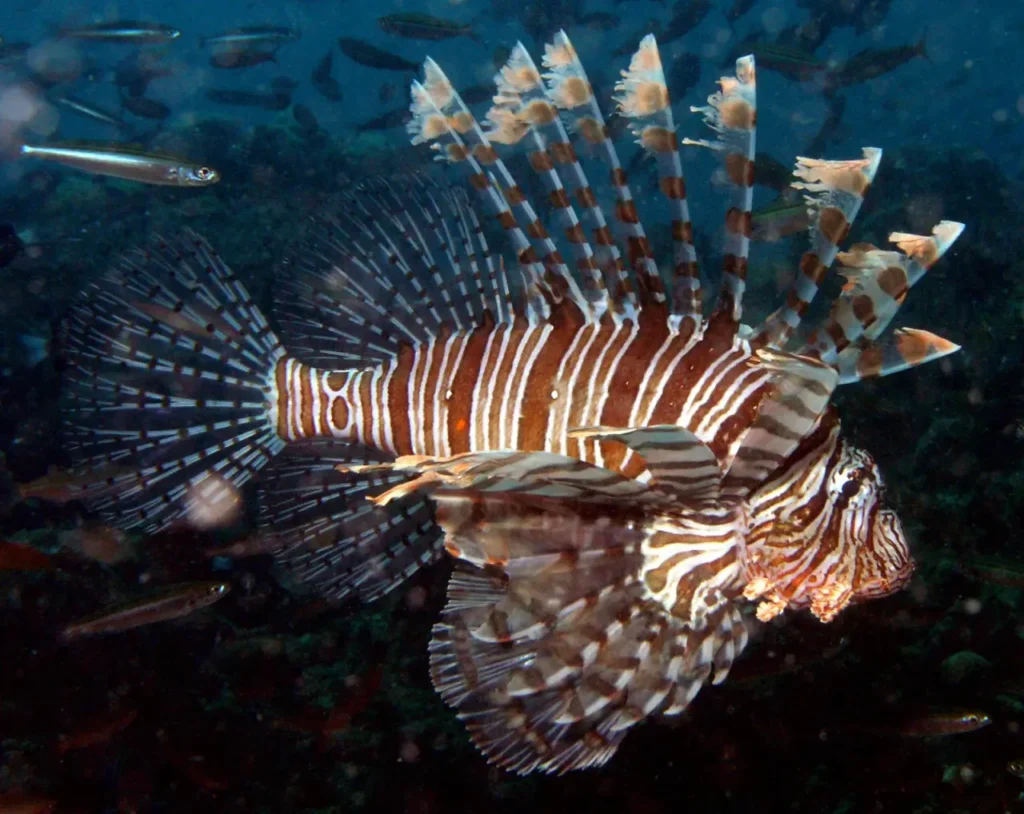
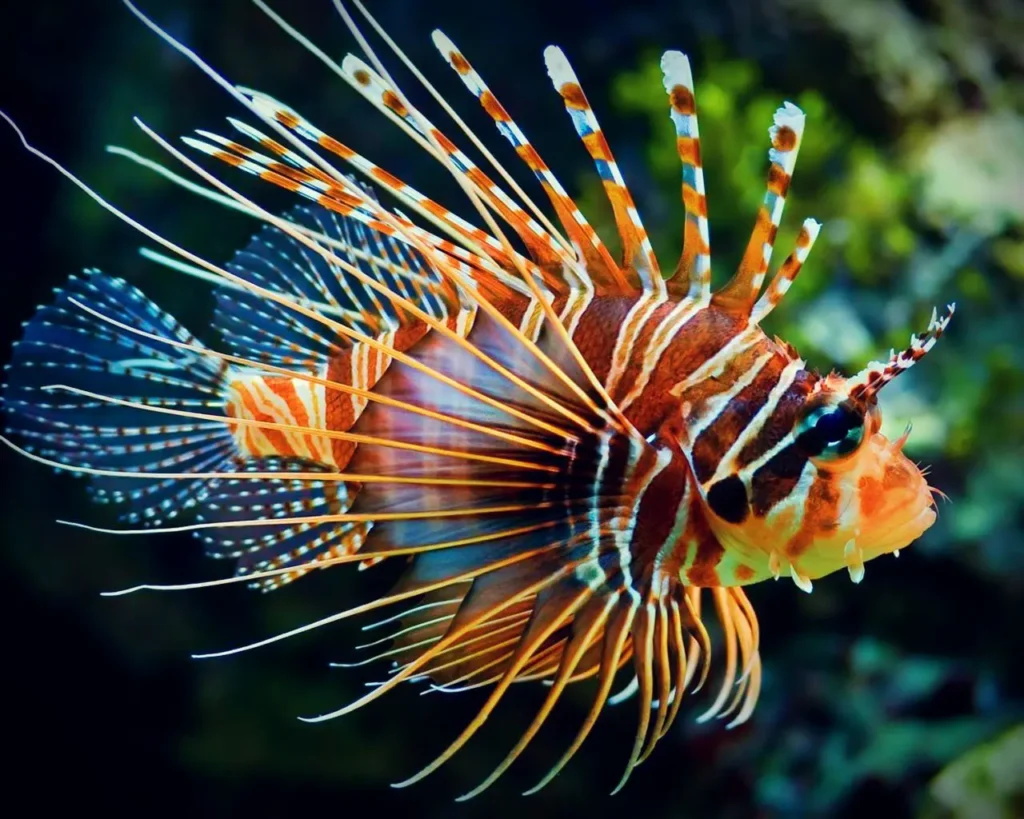
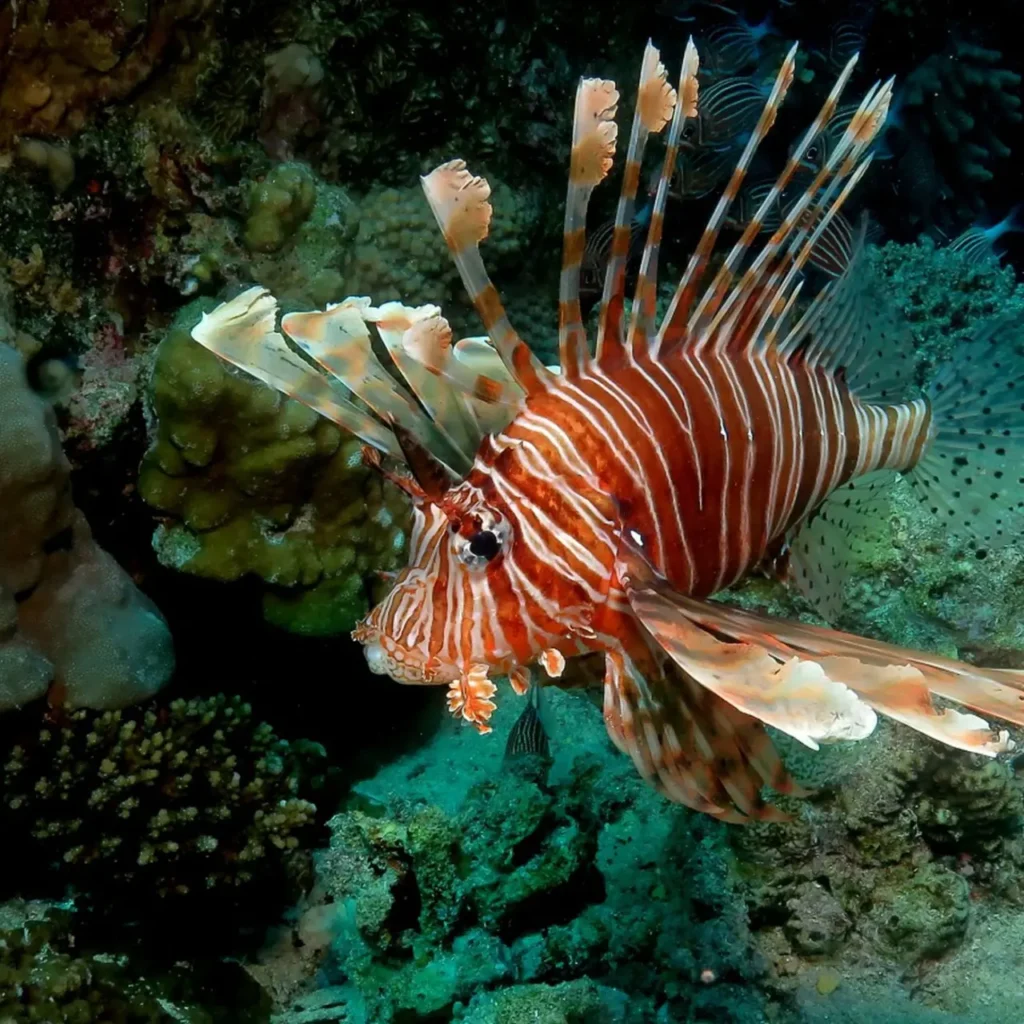
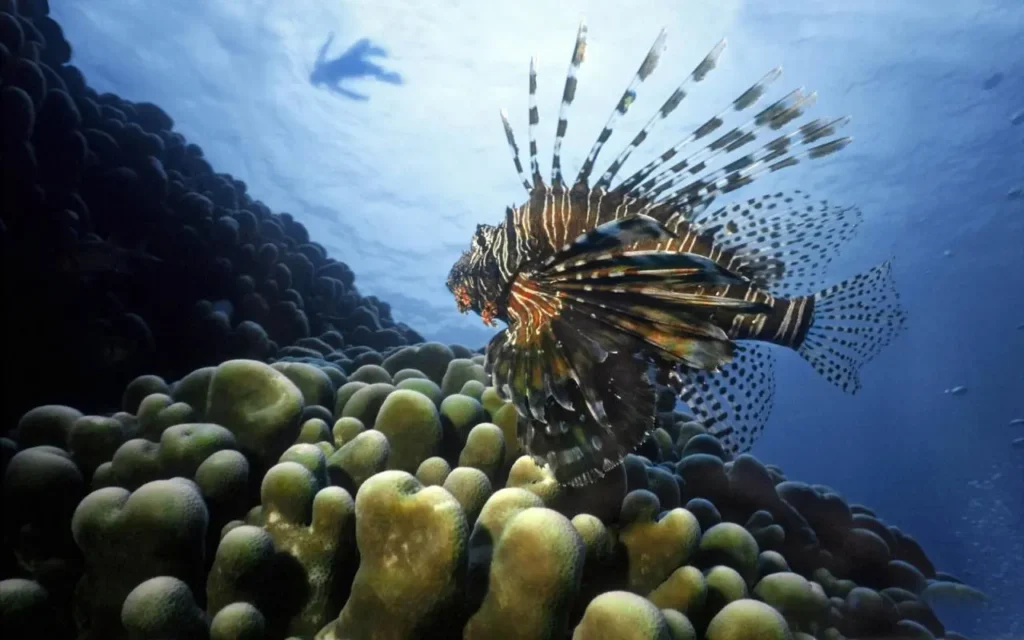
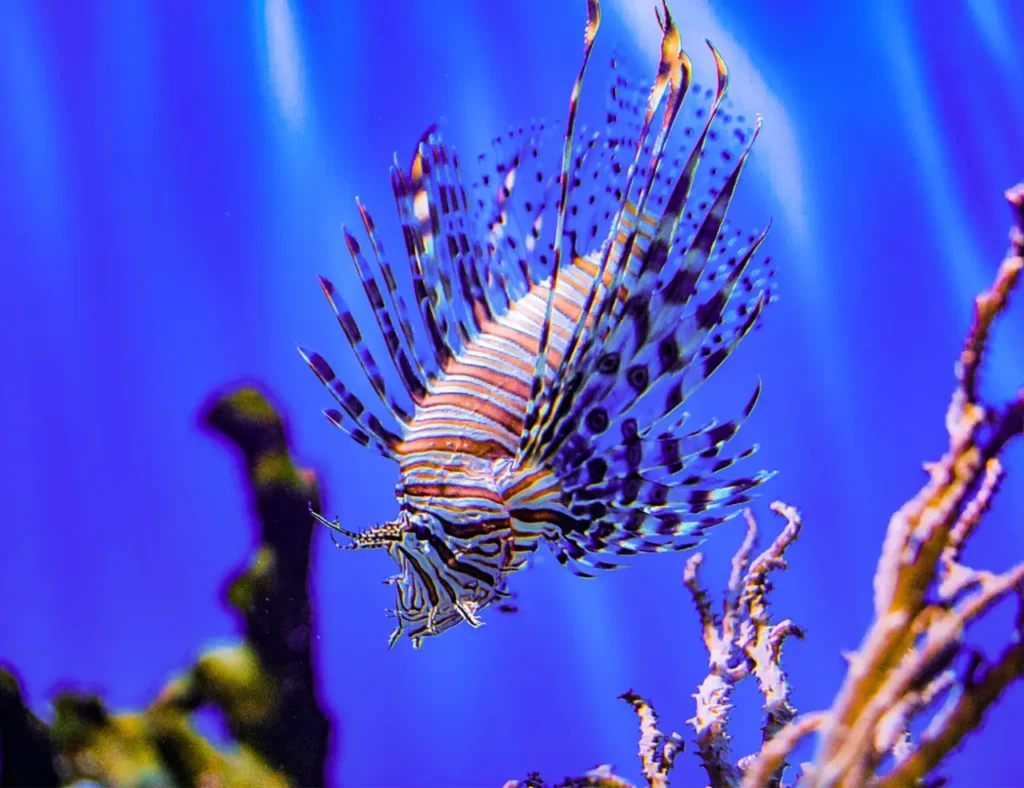
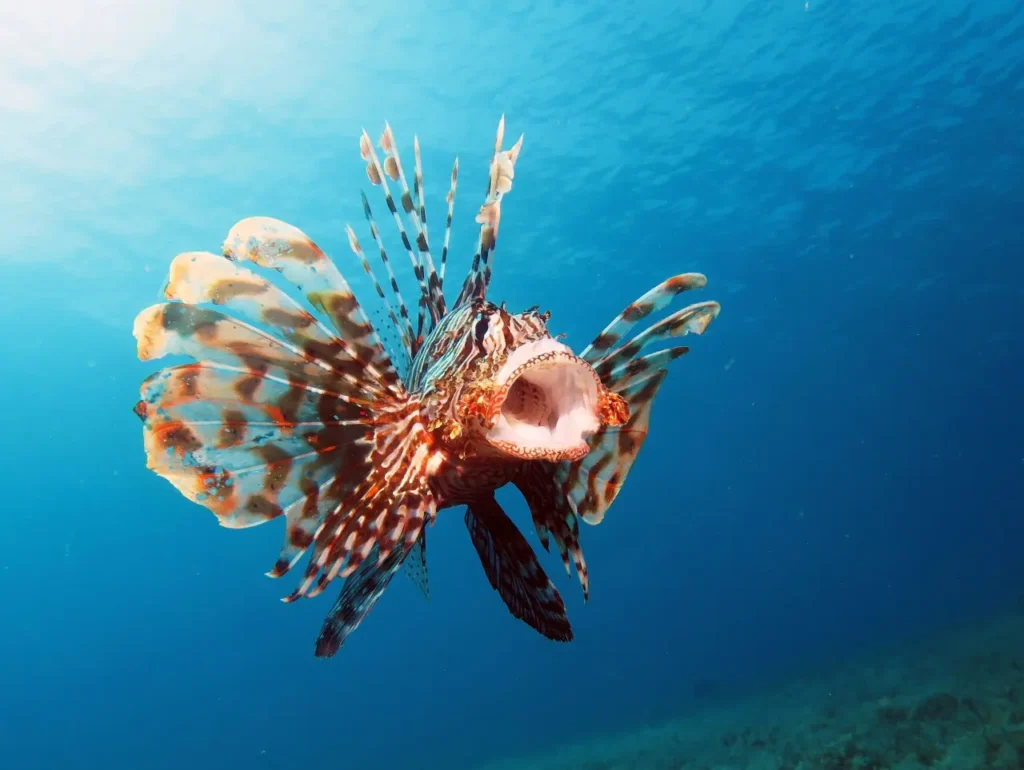
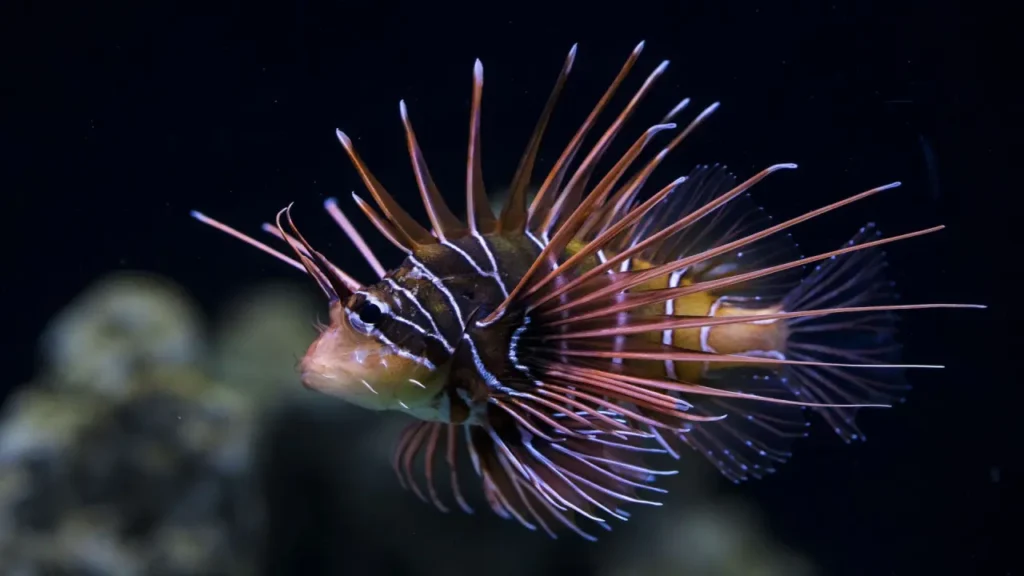
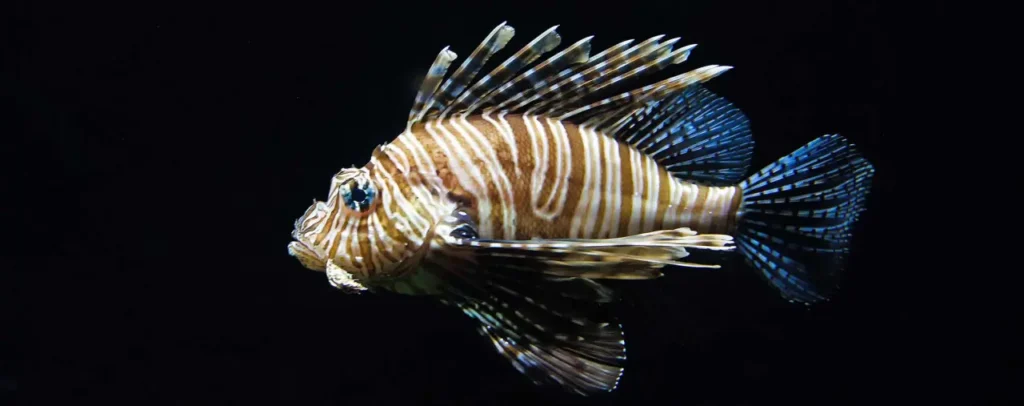
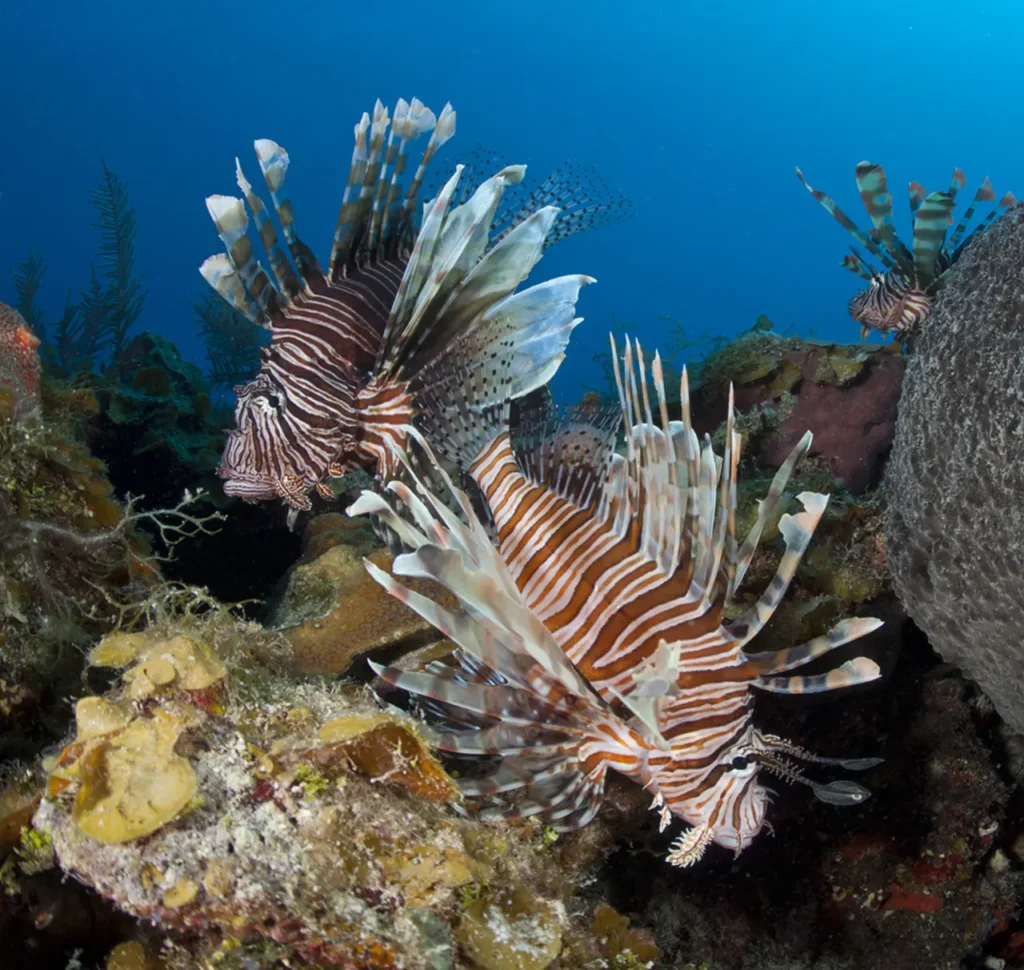
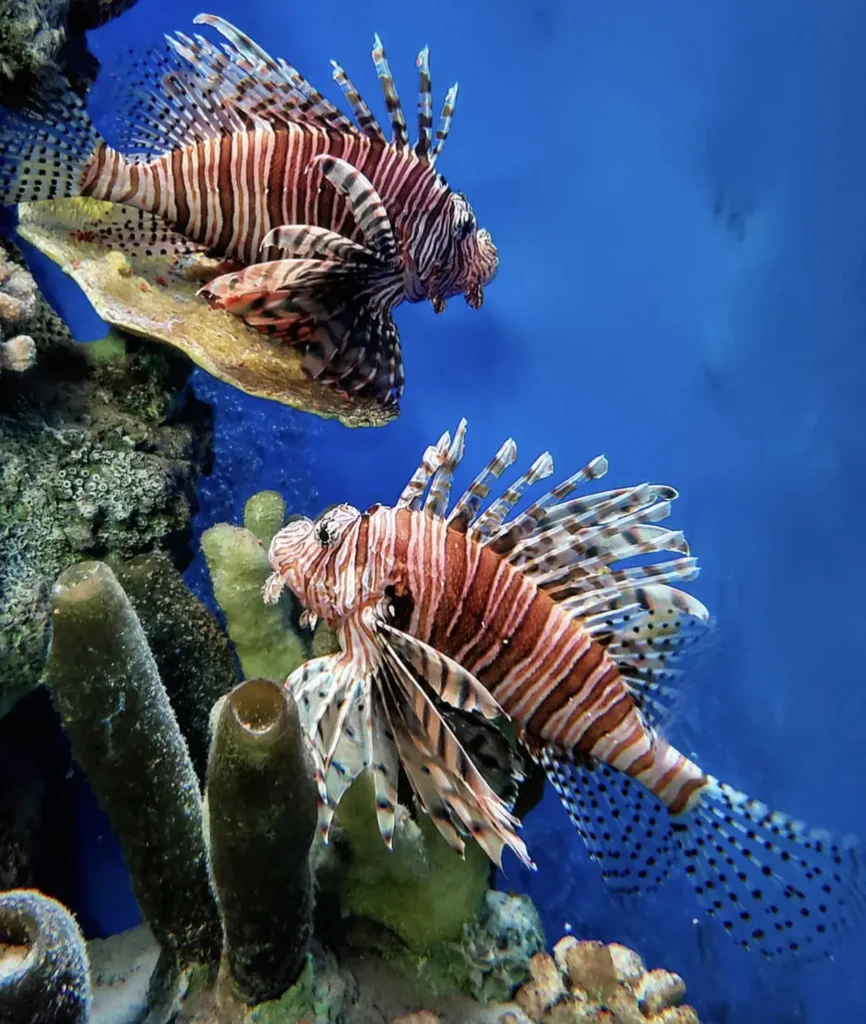
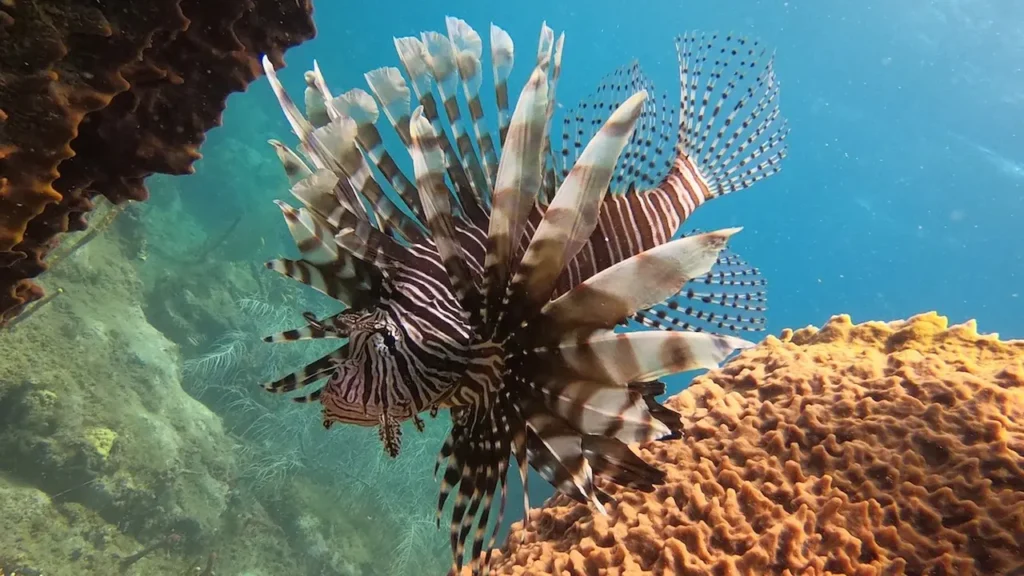
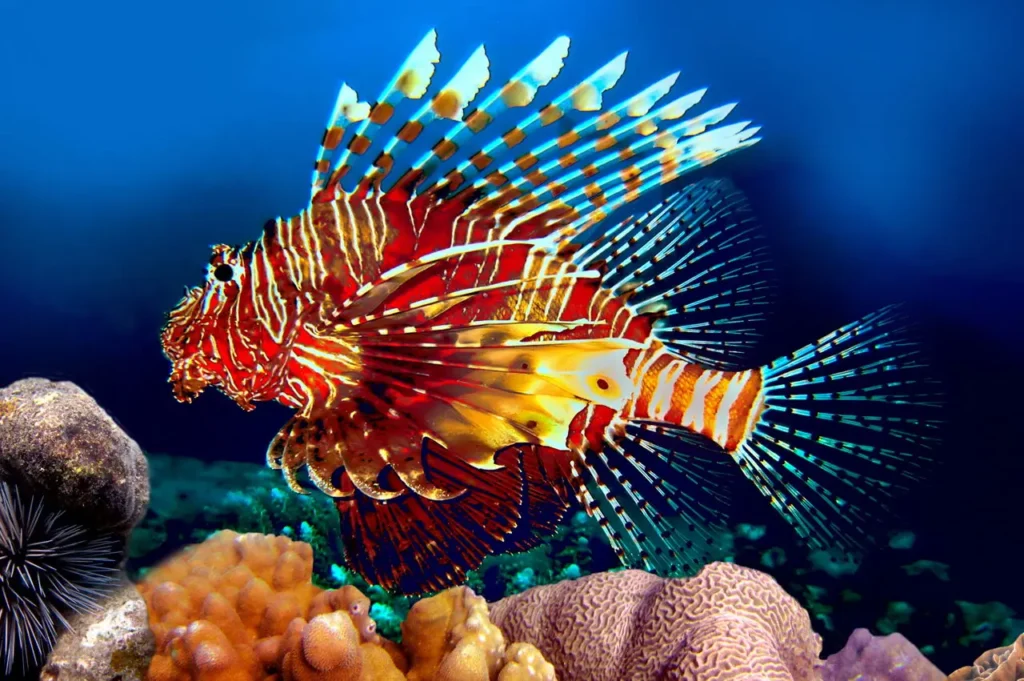
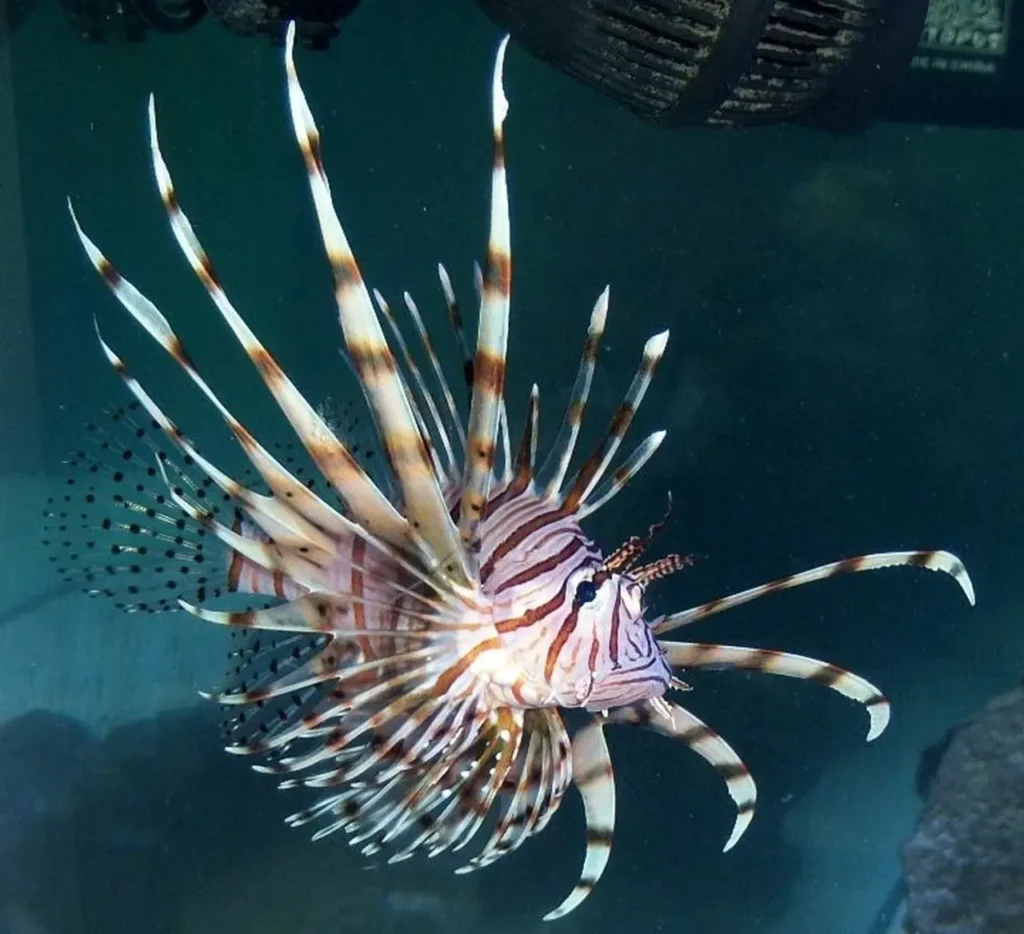
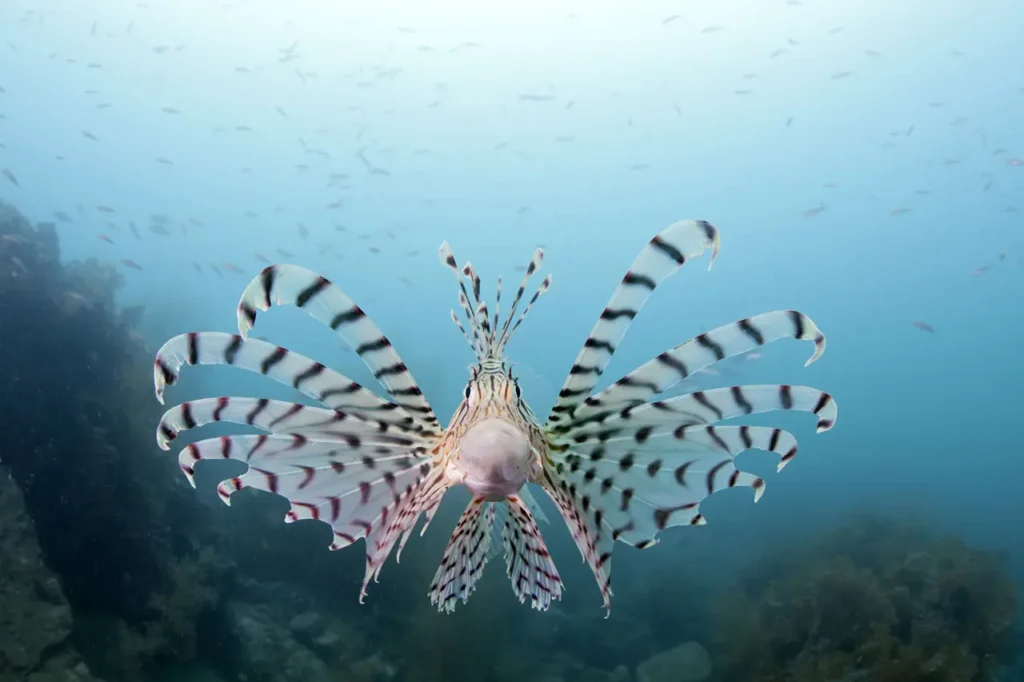
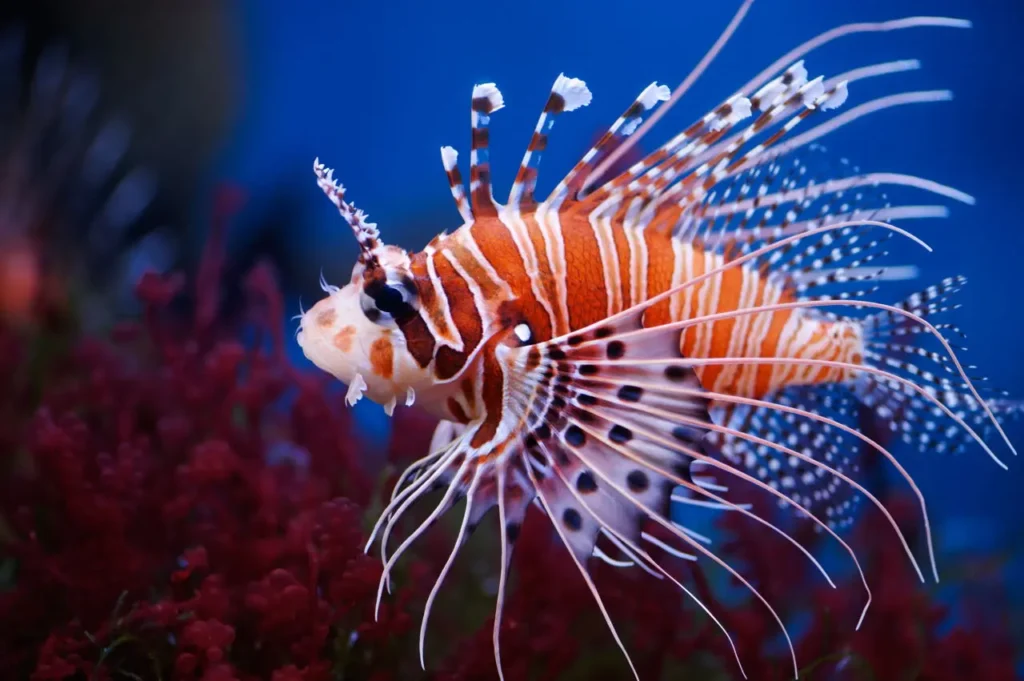
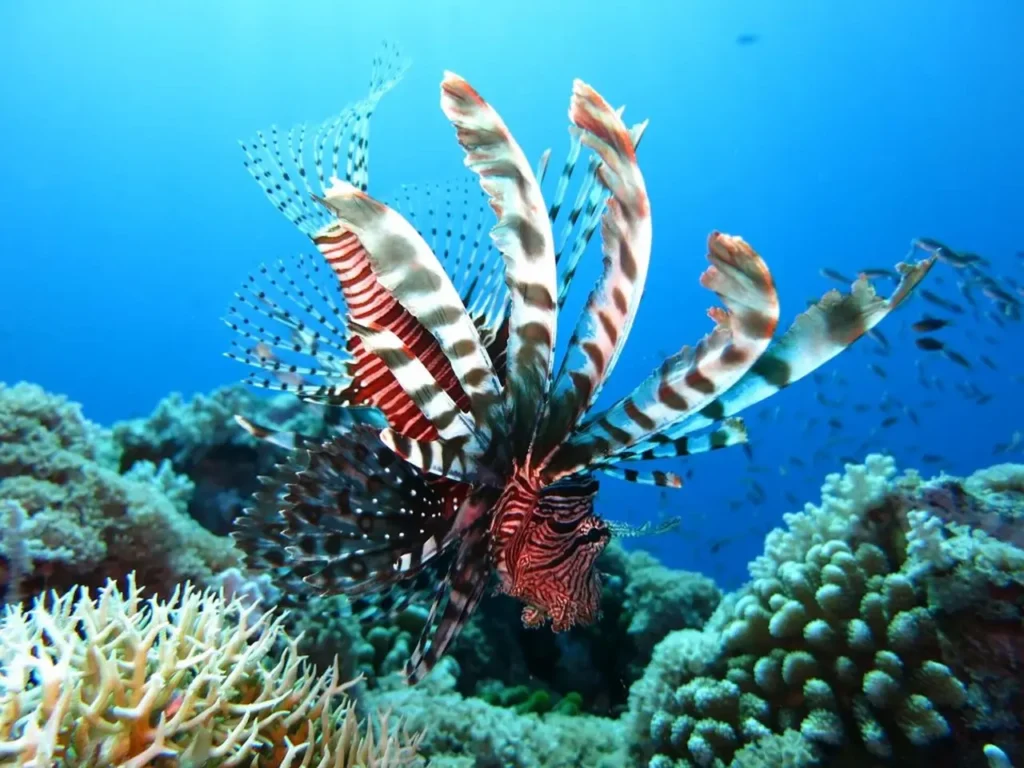
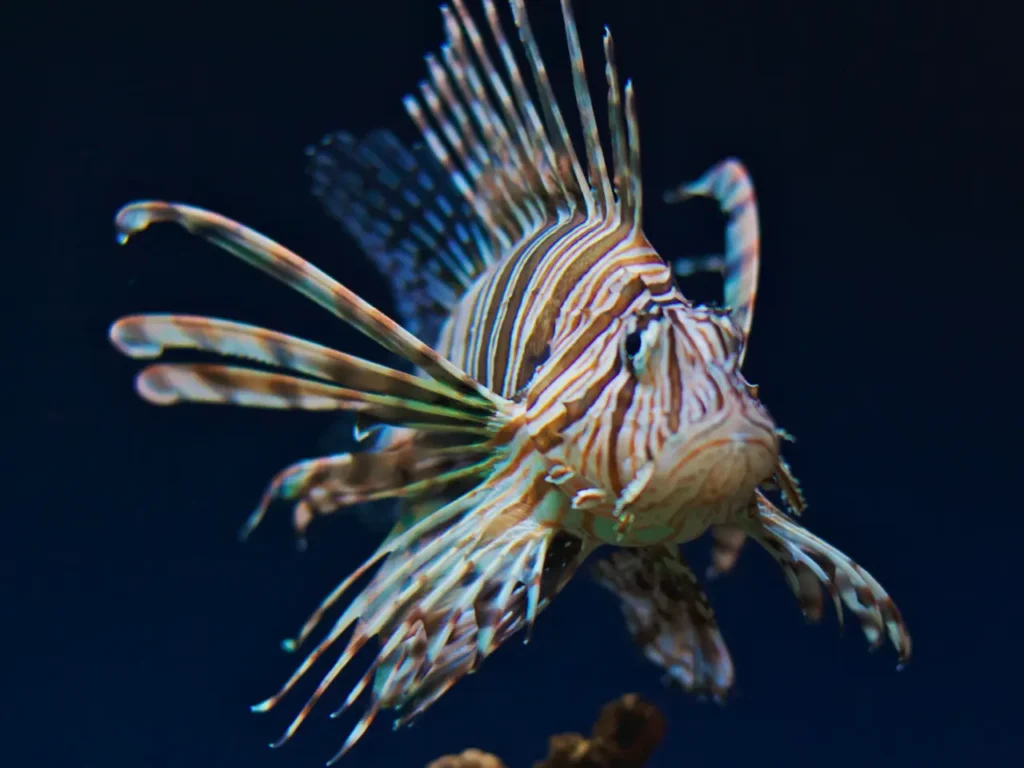
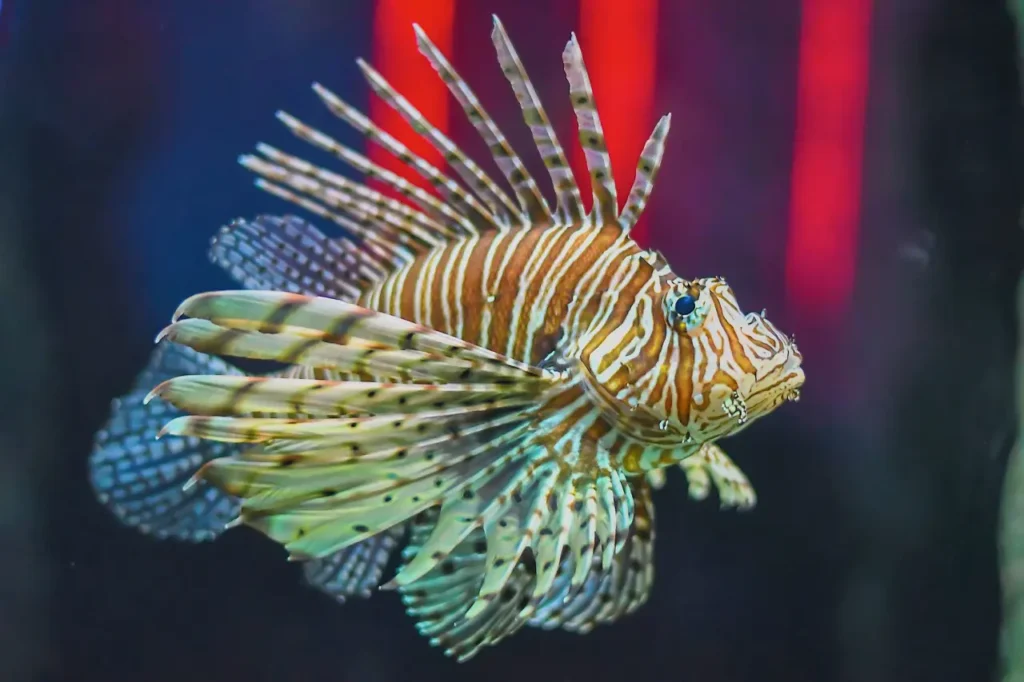
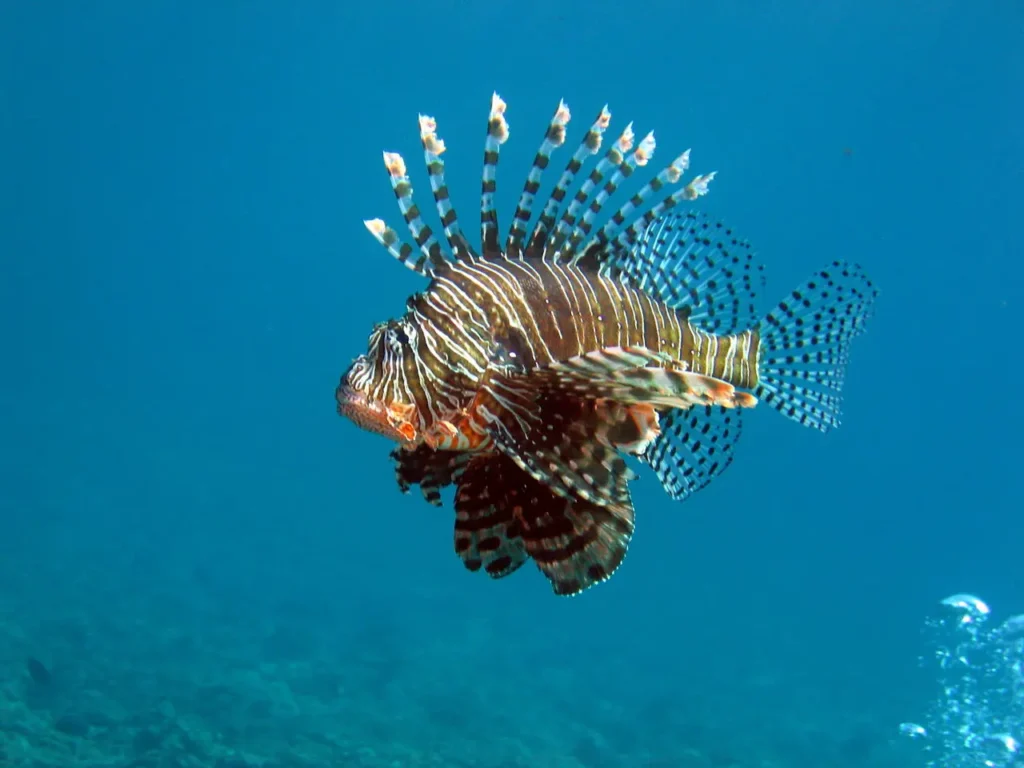
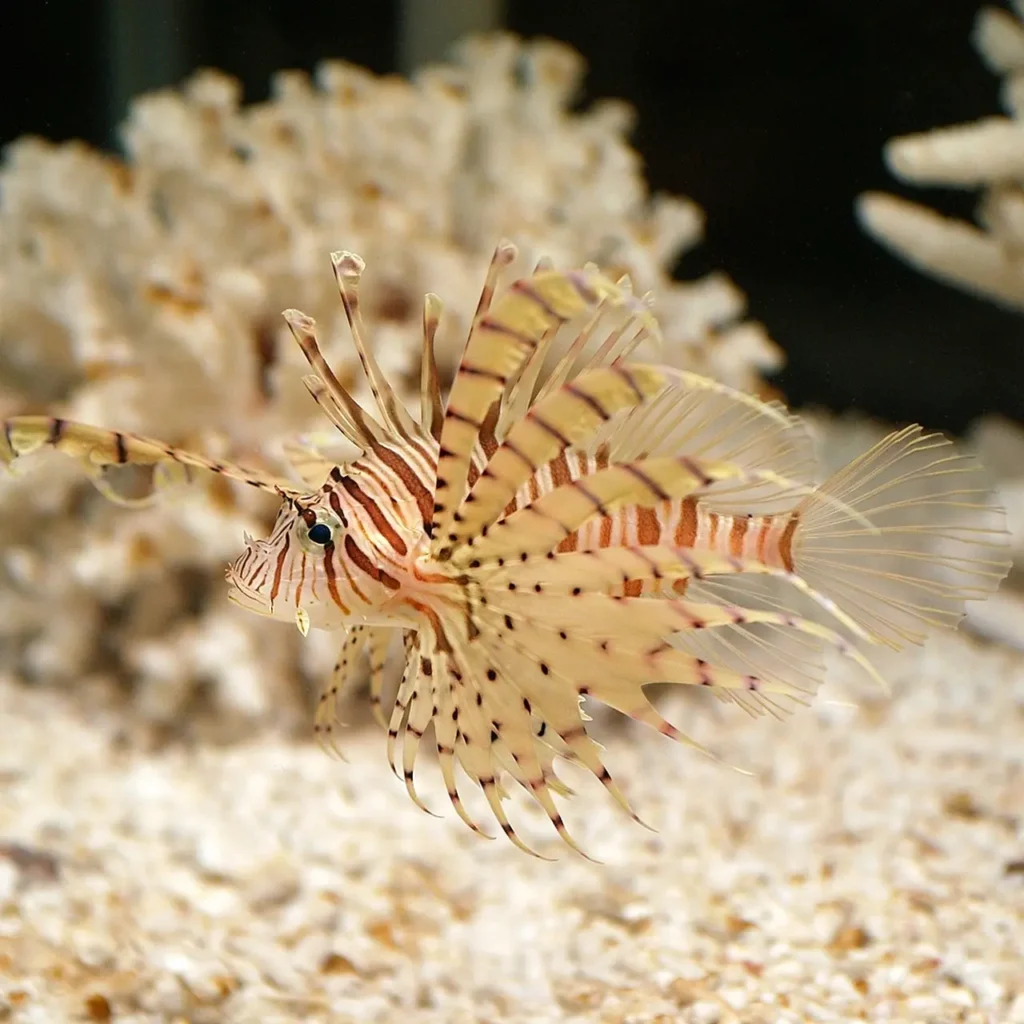
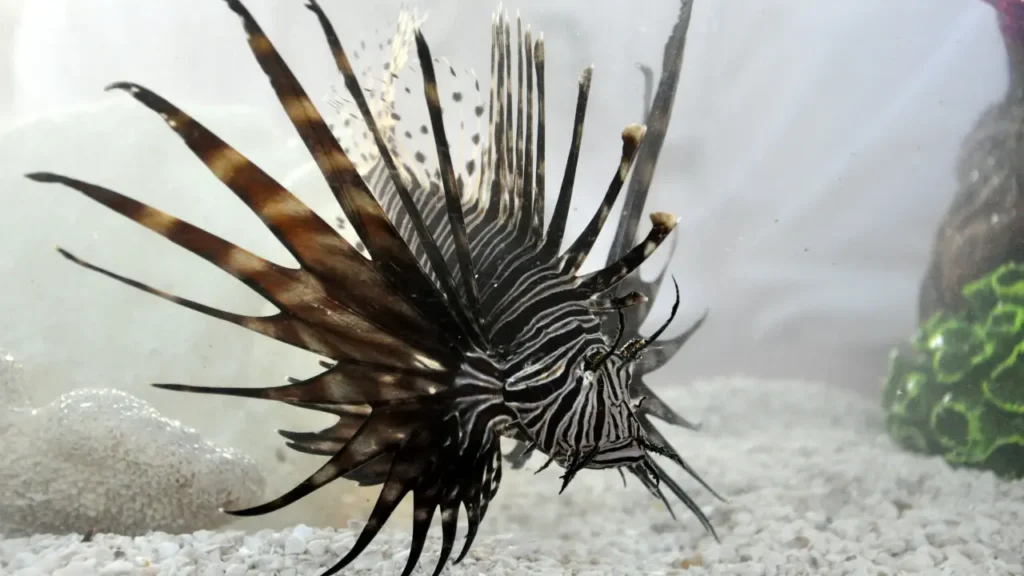
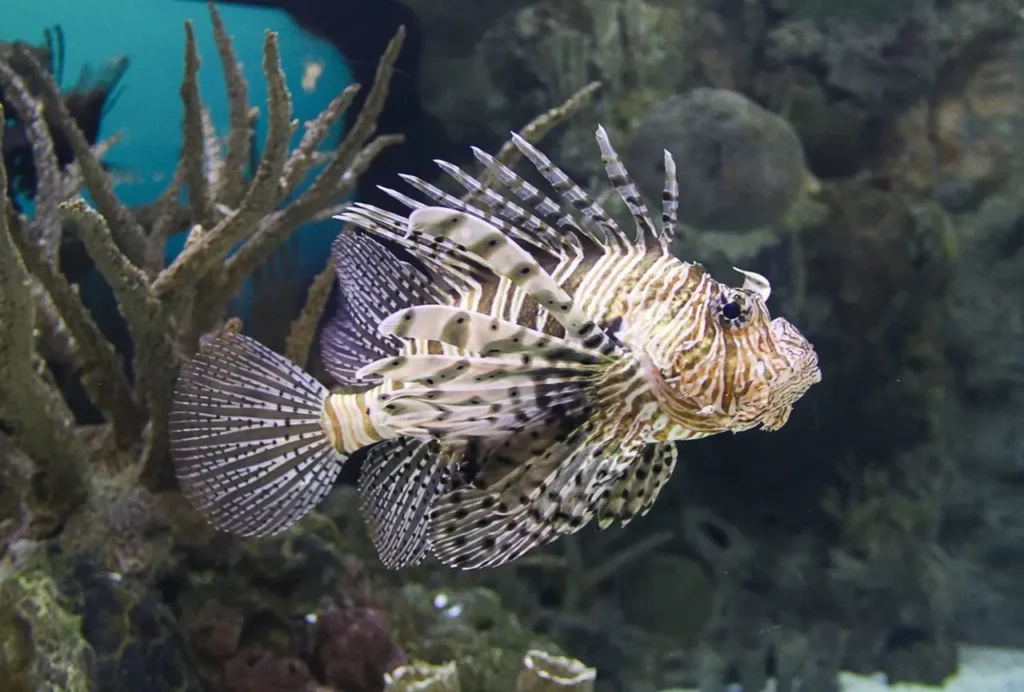
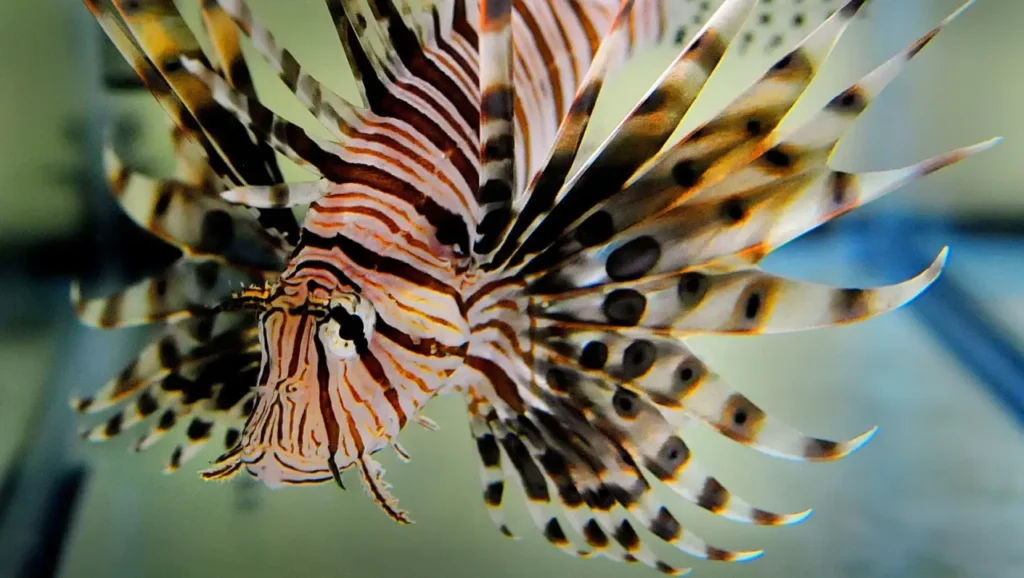
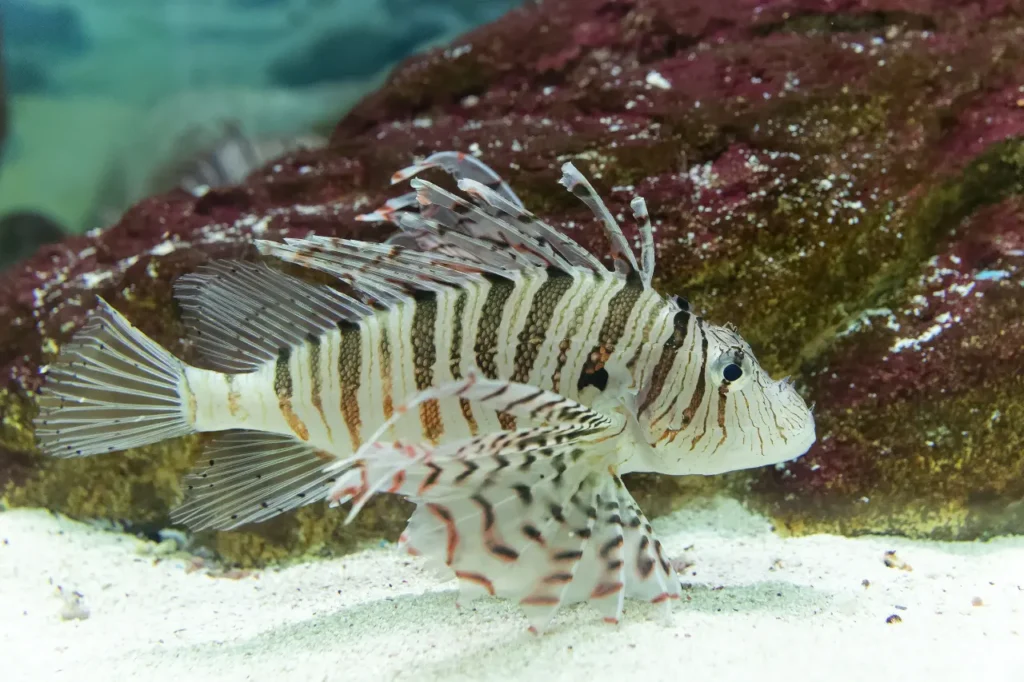
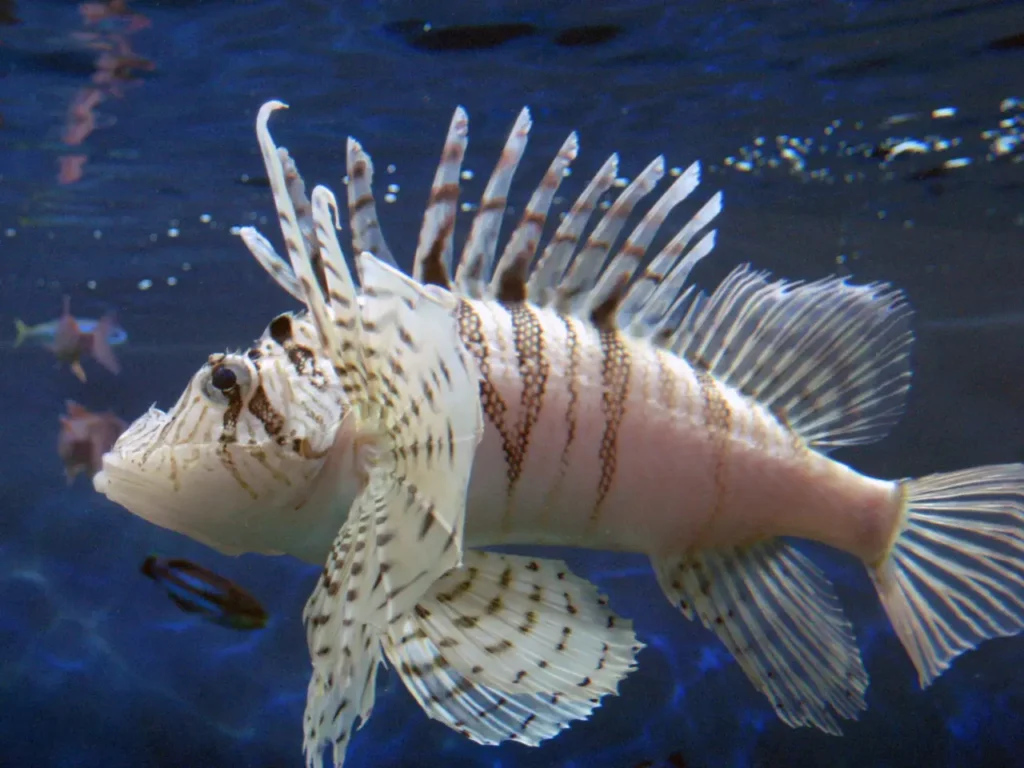
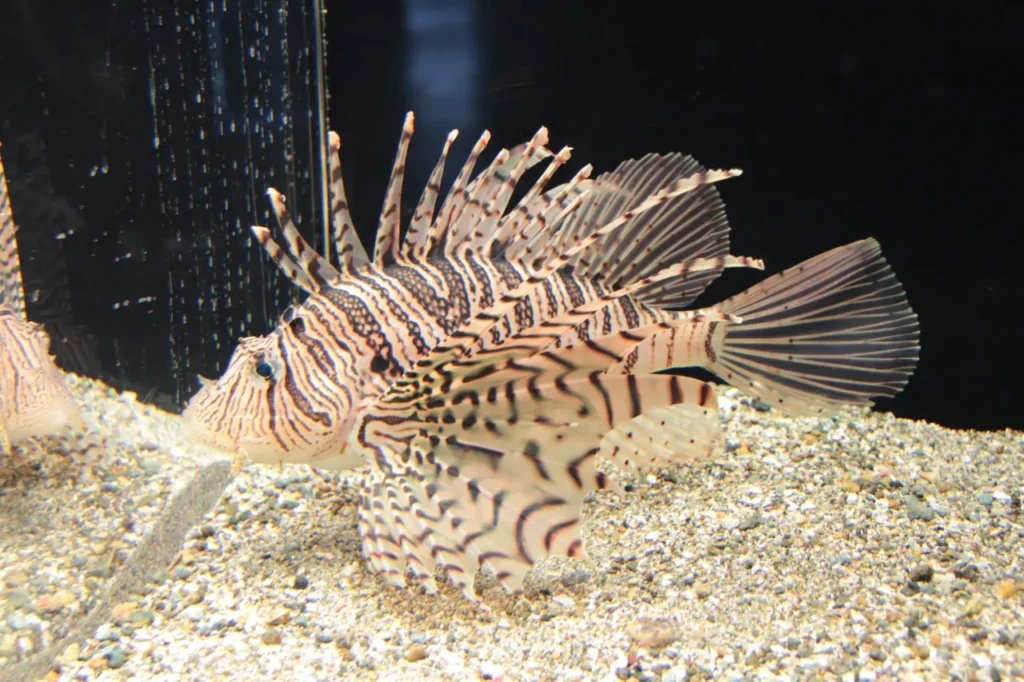
Origins and Distribution
The Japanese lionfish, also known as the luna lionfish, is native to the waters surrounding Japan, specifically the region around the Ogasawara Islands. However, in recent years, this species has been discovered in other parts of the Pacific Ocean, including the waters of Hawaii, Guam, and even as far as the west coast of the United States. It is believed that the lionfish’s introduction into non-native habitats is a result of aquarium releases or accidental ship ballast water transport.
Distinctive Features
Pterois lunulata possesses a unique combination of mesmerizing beauty and potential danger. Its body is adorned with vibrant stripes, vivid coloration, and extravagant, venomous spines. Its pectoral fins are large and fan-like, creating an awe-inspiring display as it gracefully maneuvers through the water. With a length ranging from 30 to 40 centimeters, this lionfish is relatively smaller than some of its close relatives.
Ecological Impact
The Japanese lionfish’s arrival in non-native habitats has raised significant concerns among marine scientists and conservationists. Like other lionfish species, Pterois lunulata is a voracious predator, preying on a wide range of marine organisms, including small fish, shrimp, and crustaceans. It possesses venomous spines that it uses to deter predators and capture prey. The indiscriminate feeding habits of lionfish disrupt the delicate balance of local ecosystems, potentially leading to the depletion of native species and altering the food web.
Reproduction and Life Cycle
The reproductive behavior of the Japanese lionfish is fascinating and adds to its ability to colonize new territories rapidly. These fish have a complex courtship display involving ritualized swimming and posturing. The female produces large clusters of buoyant eggs that are released into the water column, where they drift with the currents. Once hatched, the larvae undergo a pelagic phase, where they are vulnerable to predation but can disperse over vast distances. This reproductive strategy contributes to the lionfish’s ability to rapidly colonize new areas and establish populations.
Management Strategies
Efforts to control and manage the Japanese lionfish invasion are underway in various regions. Conservation organizations, government agencies, and local communities have collaborated to implement strategies such as lionfish derbies, spearfishing competitions aimed at removing lionfish from specific areas. These events not only help to reduce the population but also raise awareness about the issue. Additionally, encouraging the consumption of lionfish as a seafood delicacy has been proposed as a means to reduce their numbers, as it could create a demand and economic incentive for their capture.
The Japanese lionfish, with its striking appearance and invasive nature, presents a formidable challenge for marine ecosystems in the Pacific Ocean. As scientists and conservationists strive to mitigate the negative impacts, it is crucial to continue raising awareness about the issue and encourage responsible practices in the aquarium trade. By understanding the complexities of such invasive species, we can better appreciate the delicate balance of our oceans and work towards preserving their natural beauty for future generations.
